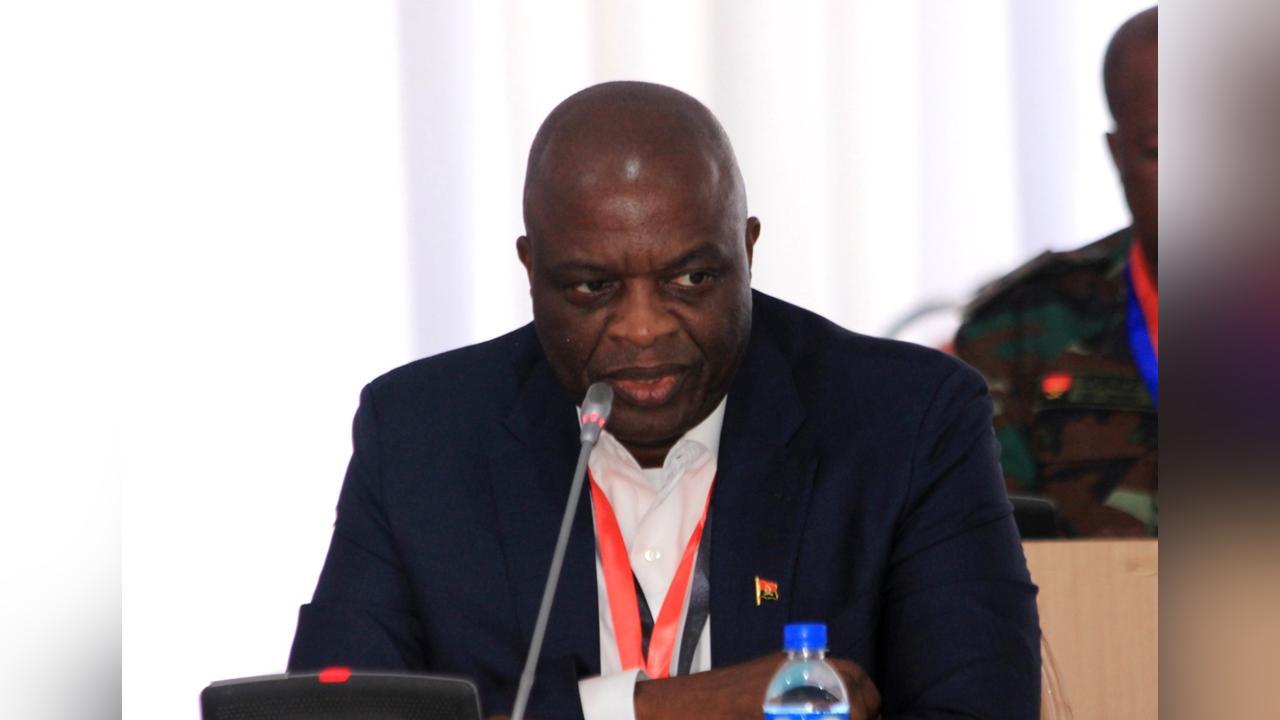Africa-Press – Angola. The province of Uíge is on the path of development due to the various projects that have been implemented in the region to improve the social conditions of the population, said, this Thursday, the governor José Carvalho da Rocha.
The minister was speaking at the meeting of the Local Governance Council, which is being chaired by President João Lourenço and has the participation of the governors of the country’s 18 provinces and heads of ministerial departments.
José Carvalho da Rocha, who presented the balance sheet and perspectives of social impact projects in Uíge to the Head of State, emphasized that the Integrated Plan of Intervention in Municipalities (PIIM) in the province has been revolutionizing the lives of citizens, with new schools, new equipment and other items related to health and to create new jobs.
He made it known that the region comprises 89 PIIM projects, spread across 17 budget units, 164 in the education sector, one in higher education, eight in health, six in water and 10 in communication routes.
In the education chapter he said that, in that academic year, 632,464 children are enrolled, which represents an increase compared to the last academic year of 6.5 percent.
He reported, however, that still 49,624 students are outside the education system.
The education sector in the province controls 16,069 employees, of which 15,256 are teachers and 810 are employees of different levels of education.
This number of students are accommodated in 7,791 classrooms, mostly in public education.
According to the governor, of the number of existing classrooms, around 2,291 are of precarious construction, which represents 29 percent, and 674 are still makeshift rooms.
According to the source, in order to solve the problems, it is necessary to build 549 schools of different levels of education.
In terms of higher education, the province has four higher institutions, two public and two private.
Health
The official made it known that the region has 3,051 health professionals, of which 196 are doctors and 1,777 are nurses.
He added that the hospital network consists of 370 hospital units, including one general hospital, 11 municipalities, two maternal and child hospitals, two specialized centres, 264 health posts and 88 health centres, which represents a hospitalization capacity of 1089 beds.
More healthcare professionals
The government official highlighted the admission, in the province, of 530 health professionals in different categories, promising the improvement of medical assistance to the populations with the construction of the General Hospital of Uíge that will provide more medical assistance to the populations.
Infrastructures
The region has a road network of 2,605 kilometers and of these, 1,114 kilometers of road have been rehabilitated, which has been allowing the provincial headquarters to be connected to the different municipalities.
According to the governor, at the moment the most striking actions in this sector are the connections to the municipalities of Milunga, Bembe and Buengas.
Energy and water the great challenge
Of the 16 municipalities that make up the province, only 3 have conventional energy. The governor said that this is the biggest challenge proposed to bring energy to all municipalities.
With more than one million inhabitants, the province of Uige has 16 municipalities, namely Ambuila, Bembe, Buengas, Bungo, Damba, Alto Cauale, Maquela do Zombo, Milunga, Mucaba, Negage, Puri, Quimbele, Quitexe, Sanza Pombo, Songo and Uíge.
Agriculture and commerce are the key sectors in Uíge, which was once considered the “Angolan coffee capital”.
The climate in Uíge is hot, which is why it is conducive to the cultivation of coffee, cassava, oil palm, peanuts, sweet potatoes, beans, cocoa, sisal and others on a smaller scale.
For More News And Analysis About Angola Follow Africa-Press






